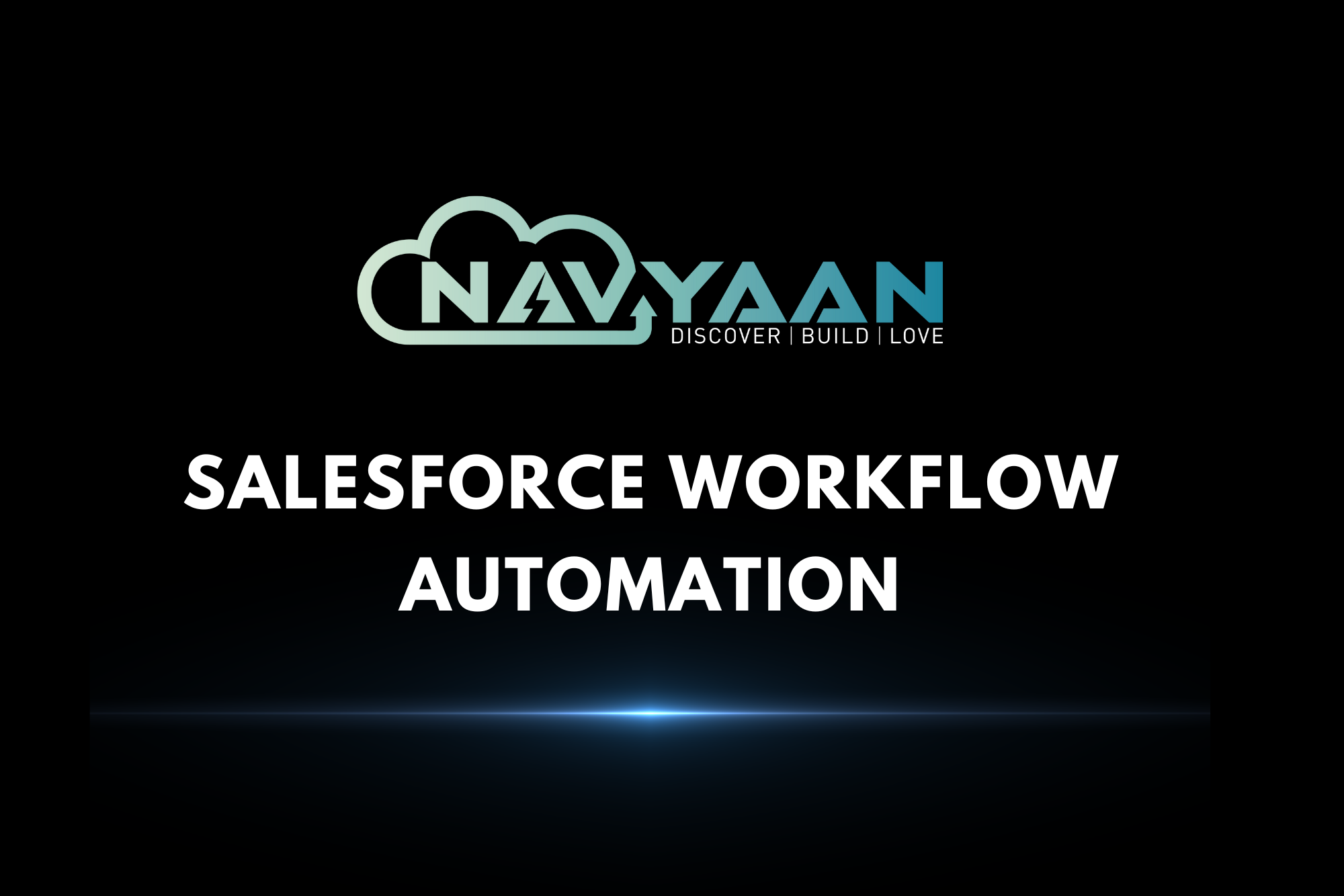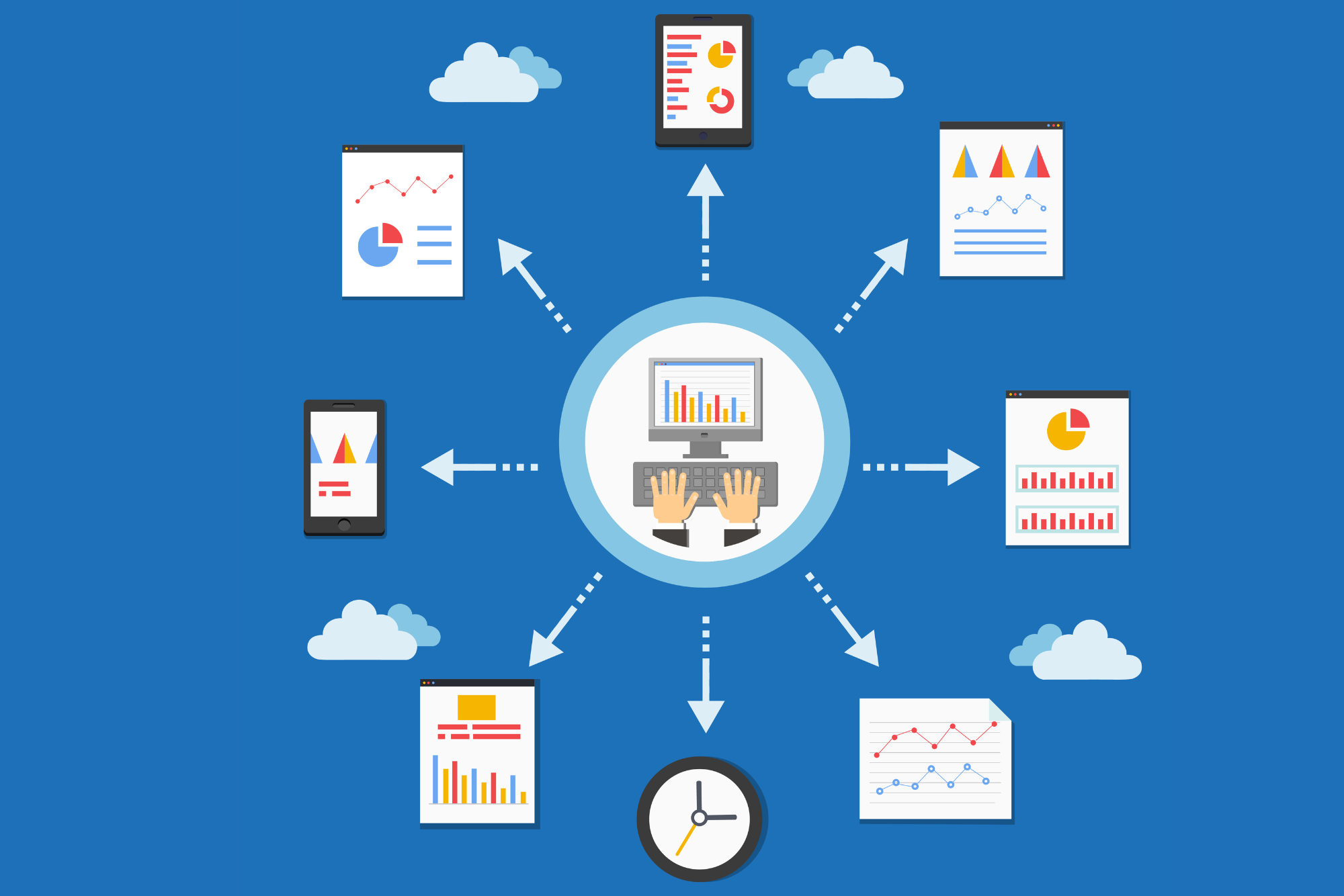
In a world where speed and efficiency are the currency, manual tasks can put your business at a disadvantage by taking up valuable time, causing errors, and increasing costs. Workflow automation is the ultimate solution that prevents these issues and frees your taskforce from repetitive and monotonous tasks. To help you get started, here is a quick guide to achieving workflow automation with Salesforce.
What is Workflow Automation?
Workflow automation automates repetitive and time-consuming tasks so your employees can focus on higher-value work. Using Salesforce, the world’s leading customer relationship management (CRM) software suite used by enterprises globally, you can build approvals, field updates, and record creation processes without a single line of code.
There are endless possibilities for when and how workflow automation can be used in your business. Examples include sending automatic email alerts when an important task is due, updating a field on a record when it changes status or creating a new record when an existing one is closed.

Getting Started with Workflow Automation in Salesforce
Now that you know workflow automation and when to use it, you’re ready to start building your own processes in Salesforce.
- The first step is identifying which workflows would be most beneficial for your business. To do this, start by evaluating which tasks are currently performed manually and take up the most time.
- Once you have a few potential workflows in mind, the next step is determining what “triggers” will set off the workflow. For example, if you want to automate sending an email alert when an important task is due, the trigger would be when the task’s due date is reached.
- Once you have determined the trigger, you can start building out the workflow steps using Salesforce’s point-and-click interface.
There are many ways to achieve workflow automation in Salesforce. One popular method is to use Visual Flow, which allows you to create flows using a drag-and-drop interface. Another popular method is Process Builder, which enables you to create complex processes using point-and-click tools.
Yet another automation technique is by using the workflow rules method in Salesforce or third-party plugins available in the marketplace to customize processes according to your specific requirements.
Whichever method you choose, there are a few essential best practices to keep in mind, such as:
Defining Clear Goals
The first step is to define the goals of your workflow automation clearly. What tasks do you want to automate? What are your desired outcomes? By specifying your plans upfront, you can better map your process and choose the right tools for the job.
Creating a Detailed Plan
Once you have defined your goals, it is time to create a detailed action plan. This plan should include a step-by-step breakdown of the entire process, from start to finish. If you use Visual Flow or Process Builder, this plan can be created directly within those tools.
Testing & Iterating
Before implementing your workflow automation, it is essential to test it thoroughly. This will help ensure that everything works as intended and that there are no unexpected errors or glitches. Once you have tested your workflow automation and ironed out any issues, you can roll it out to your team and begin reaping the benefits of a more efficient and productive workplace.
Some Examples of Workflow Automations in Salesforce
As you’ve seen, workflow automation in Salesforce can be a powerful tool for streamlining business processes and improving efficiency. Here are just a few examples of how it can be used:
Sending alerts and notifications
You can use workflow automation to send email alerts to employees when an important task is due. For example, you can set up an email alert to be sent when a task is scheduled in 7 days, 3 days, and 1 day. You can also use workflow rules to send alerts and notifications to users. For example, you could create a rule that sends an alert to a manager when an opportunity is created with a high likelihood of closure. This allows managers to stay current on the status of opportunities and act when necessary.
Updating Fields
You can use workflow automation to update fields on records when they change status. For example, you can set up a field update to revise the Lead Status field to “Closed – Converted” when a lead is converted to an opportunity.
Creating Records
You can use workflow automation to create new records when existing ones are closed. For example, you can set up a record creation process to create a new case when an existing one is closed.
Automating lead assignment
By creating a workflow rule, you can automatically assign new leads to the sales rep, who will most likely convert them into customers. This ensures that the most qualified person always works on leads, and that they don’t fall through the cracks.
Automating tasks and reminders
Workflow rules can also automatically create tasks and reminders for users. For example, you could create a rule that sends a reminder to follow up with a lead seven days after they’ve been contacted. This helps to keep users on track and ensure that nothing slips through the cracks.
To Conclude
As Salesforce continues to evolve, the possibilities for automation and productivity are only limited by the imagination. Workflow automation with Salesforce can help ensure that critical tasks are not overlooked or forgotten. So why not try it and find how much of a difference it can make?
Contact our Salesforce experts to unlock the business opportunities that might already exist within your company with an accurate Salesforce implementation.
We are not done yet!
NavYaan will cover all the expenses of the Salesforce experts performing the business health check and suggest the right Salesforce implementation journey for you. Your Trust, Our Cost.